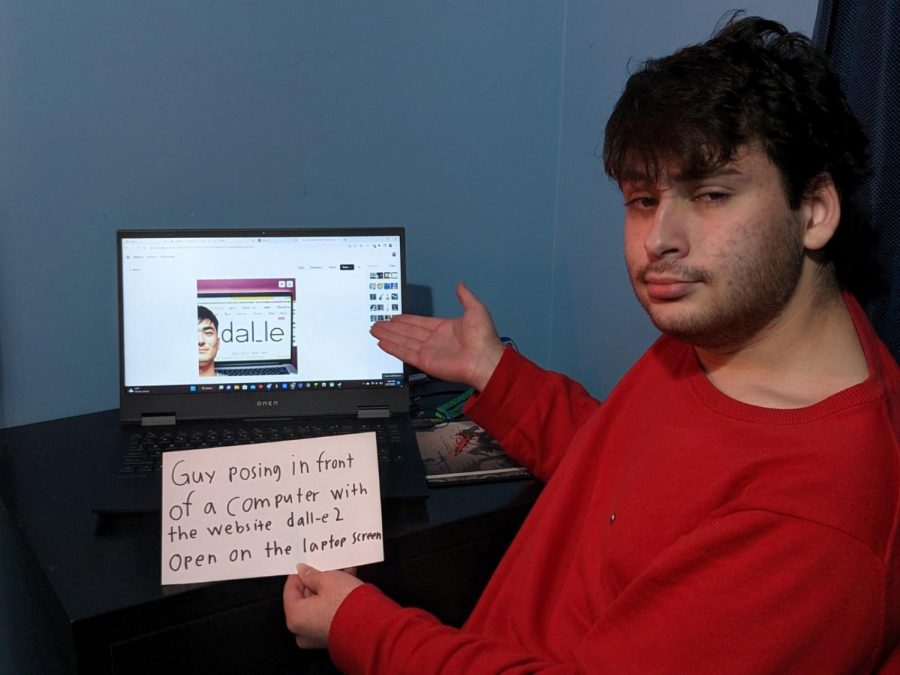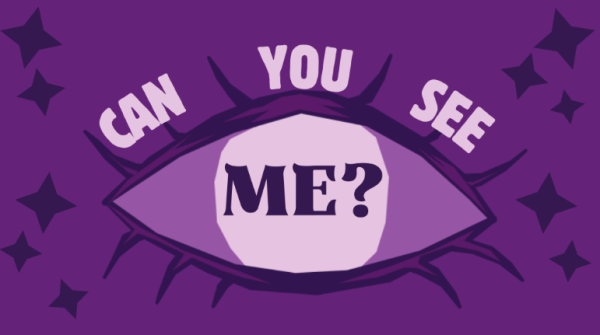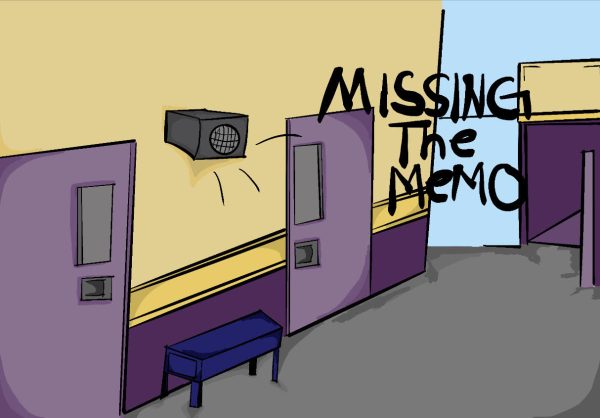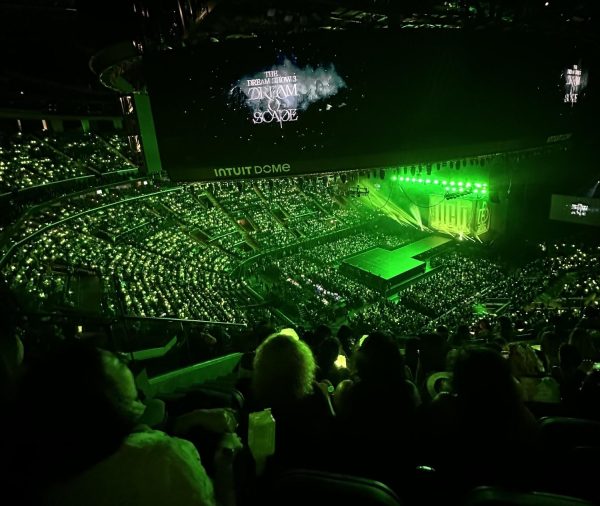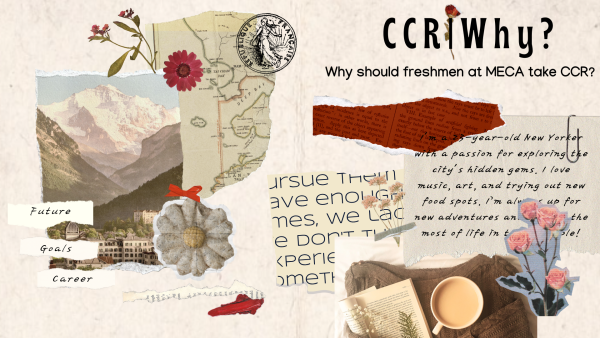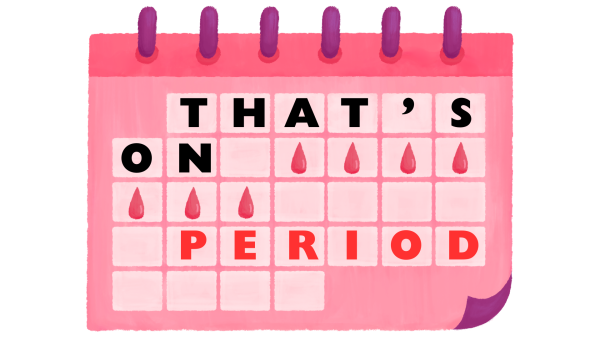OPINION – Chat GPT, AI art, and the ethics of AI creations
Disclaimer: This article is an opinion piece. Any views or opinions represented in this piece are personal and belong solely to the article author and are not endorsed or representative of The Academy Chronicle, Mt. SAC ECA, or the West Covina Unified School District.
Recently, controversy about AI created art, essays, and more have started to gain relevancy on the internet from programs like ChatGPT and DALL-E 2 and how they’re being used.
The quality of the generated content the artificial intelligence (AI) creates has improved dramatically over the years. This has caused many artists to complain about AI computer programs like DALL-E 2, which makes AI generated content art by using different pieces of art and giving it to the AI to recreate parts of it. But not everyone is on board with the new technology and how its used.
“I feel like as a whole that makes AI art problematic because essentially, it’s stealing other art from artists without their consent.” expresses Vivianne Alquicira, a junior here at Mt. SAC Early College Academy, “In multiple cases they show pictures of the signatures of the artists in the piece.”
Artists like Alquicira feel that their art, being used by AI computer programs as data, is comparable to stealing because it’s used to resemble their unique art style or make other pieces of AI art using parts of their art. It’s also collected without their consent or knowledge of the artists, even when it’s copyrighted, which makes them feel even more that it’s stealing because it also ends up recreating parts of their art that get included into the new generated art.
Many artists have even seen that AI generated art has sometimes created scribbles that mimic artist’s signatures in spots where artists normally would put their signatures. Small things like that and AI art’s trouble to create a human hand with only 5 fingers, making mouths with hundreds of teeth, and small details blending together have also been seen for AI to struggle or create. Another thing that artists worry about is that AI art could be used to replace artists.
“I think it makes people who are in creative fields feel potentially nervous that they’re going to be taken over or their jobs are going to become obsolete.” Elizabeth Hoffman, the Art teacher at MECA, responds when asked about her feelings on AI art.
AI art also generates quickly from just a prompt input and doesn’t require the long processes that many artists have to do to create art physically or digitally.
“I think there’s a difference when someone sits down to make something and goes through the push and pull of the art making process of things they don’t like and try to resolve problems.” Hoffman describes, “But if you want to test out, you know what these look like in these various styles, it can be really powerful as a tool.”
Hoffman believes that AI art could be a powerful tool as it can make many things in different styles if it has the data to do it, but it shouldn’t be used as an alternative to someone’s own created work. The creative process is something all artists go through, and AI art doesn’t have that.
“Digital art as a whole involves using the creative process, but AI art involves basically a computer to generate the thoughts for you so you’re not generating thoughts yourself,” Alquicira explains.
Another issue gaining attention is AI projects like ChatGPT (Generative Pre-training Transformer), which focuses on AI generated writing. Most of the attention is by colleges and high schools being fearful about their students using ChatGPT to try and get around having to write assignments and essays themselves. AI generated writing does have limitations.
“It’s very formulaic. Which is funny, because that’s what I teach ninth graders is formulaic writing because that’s like baby writing, that’s how you have to start out,” Courtney Bell, the 9th grade English teacher and journalism Advisor, describes.
Bell’s use of ChatGPT has created writing that is very formal and without any voice in the text.
“I think that for my grade level (9th grade), it’s problematic because I think it can replicate what I’m asking for. I think in 11th and 12th grade, you’re gonna have a much more difficult time using it in that way,” Bell explains.
Although how impressive AI generated writing is, it still has flaws as it struggles to write anything that is on a 11th or 12th grade level, but it still can answer simple questions. AI does learn and evolve, so it can be possibly taught to write at a higher grade level.
“It really concerns me because I think that writing is an extension of thinking and that when we grapple with how to best take our thoughts, to convey our thoughts, and put them into the written word, it does a lot for the writer,” explains Jeanne Berrong, the 11th-12th grade English teacher.
A lot of things that English teachers provide students are tools or tips they can use to write consistently, so that students can put their own voice into their work. Like AI generated art, you can just provide it a prompt that can generate an answer quickly even if right now it’s very flawed writing the AI generates, there are fears that AI computer programs can circumvent the process of creating their writing.
“I’m afraid that if we just cut to the chase and go straight to AI first, without doing that productive struggle I referenced earlier, I’m not so certain we’re going to create a generation of people who write well,” Berrong expresses.
This has become such a big fear that a Princeton student named Edward Tian even made an AI program to check between human and AI generated writing for people to use. Many high schools, colleges, and people fear that AI will be used to get around the process of creating writing and even art.
ChatGPT and DALL-E 2 were created by OpenAI which consists of the parent company named OpenAI Inc., a non-profit company, and another which is OpenAI LP which is a for-profit company that is controlled by a board of directors from OpenAI INC.
Many of the well-known AI projects were made by OpenAI which are ChatGPT and DALL-E 2 which focuses on AI generated writing and art. OpenAI has other AI projects as well that go under different names and focus on other things like AI generated voices.
There are also some other companies that focus on AI such as Stability AI that create other AI projects like Harmonai. Many of the AI projects that generate art or writing do it from data people select to train the AI to recreate. They use a reward model to encourage specific generations of art or writing when a prompt is given to make sure that if users ask it for an image of a tree it does not proceed to give them images of broccoli.
These new improvements to AI are very recent and it has gotten a lot of publicity in a short time. New developments with AI are continuing, like Google and some other companies putting out and making new AI computer programs. There has even been a lawsuit against Stability AI, AI art generator, by three artists, Sarah Andersen, Kelly McKernan, and Karla Ortiz. AI computer programs are not only being used for art or writing, biologists were able to use AI computer programs to create new human proteins. Many things are happening to AI and it’s unknown what it might look like 5-10 years from now.
Sources:
https://www.cnet.com/tech/computing/why-everyones-obsessed-with-chatgpt-a-mind-blowing-ai-chatbot/
https://www.npr.org/2023/01/09/1147549845/gptzero-ai-chatgpt-edward-tian-plagiarism
https://www.npr.org/2022/12/19/1143912956/chatgpt-ai-chatbot-homework-academia
https://www.vox.com/recode/2023/1/5/23539055/generative-ai-chatgpt-stable-diffusion-lensa-dall-e
https://www.nbcnews.com/tech/internet/lensa-ai-artist-controversy-ethics-privacy-rcna60242
https://www.vice.com/en/article/jgpzz3/ai-art-in-schools
https://www.nytimes.com/2023/01/09/science/artificial-intelligence-proteins.html
https://www.assemblyai.com/blog/how-chatgpt-actually-works/
https://www.atriainnovation.com/en/how-does-chat-gpt-work/
https://medium.com/augmented-startups/how-does-dall-e-2-work-e6d492a2667f
https://news.bloomberglaw.com/ip-law/first-ai-art-generator-lawsuits-threaten-future-of-emerging-tech
Your donation will support the student journalists of Mt. SAC Early College Academy. Your contribution will allow us to purchase equipment and cover our annual website hosting costs.
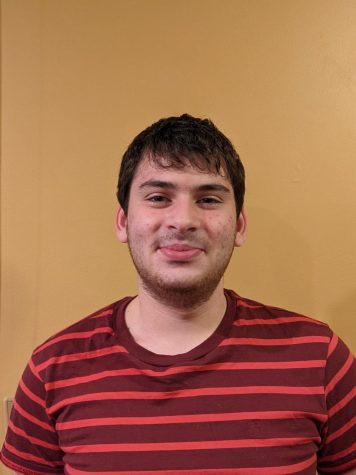
Isaac Lichtman is a senior at Mt. Sac Early College Academy and is working in their third year as a Academy Chronicle Copy Assistant Editor. Isaac is in...


